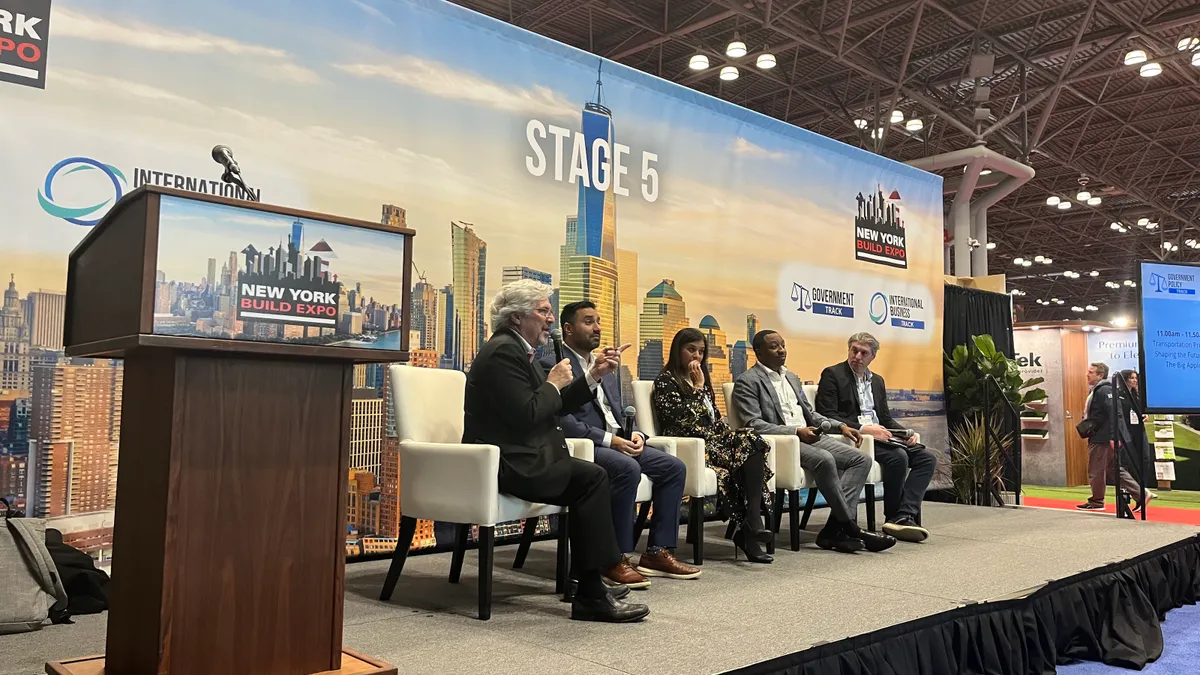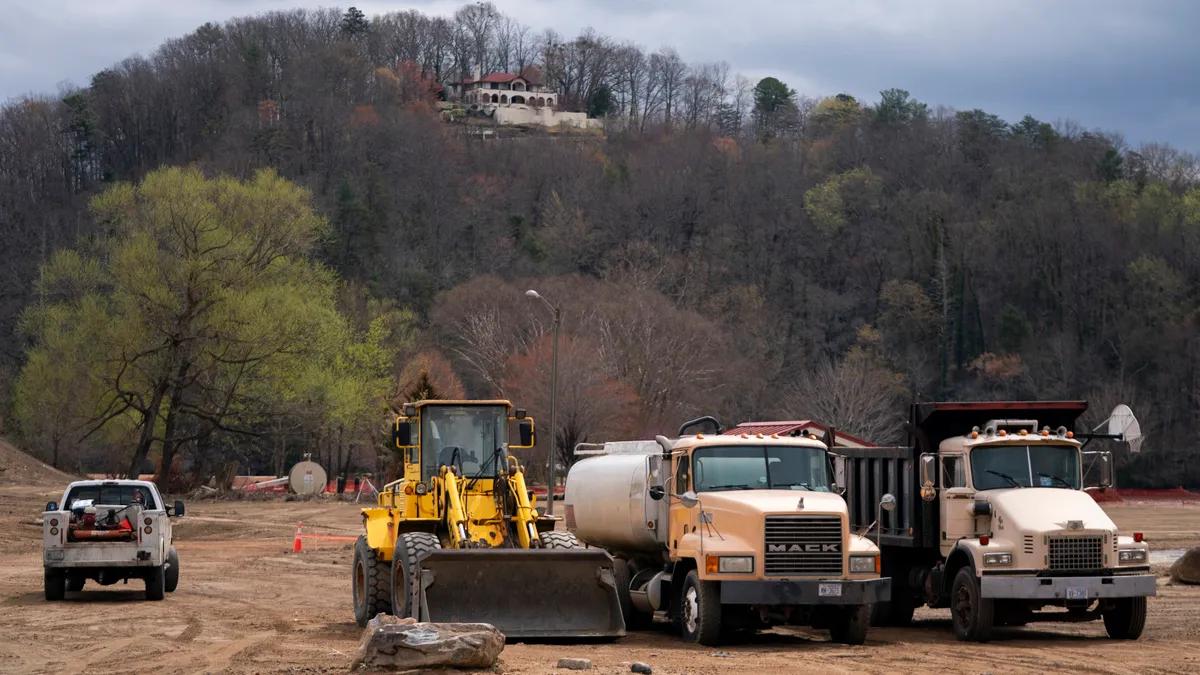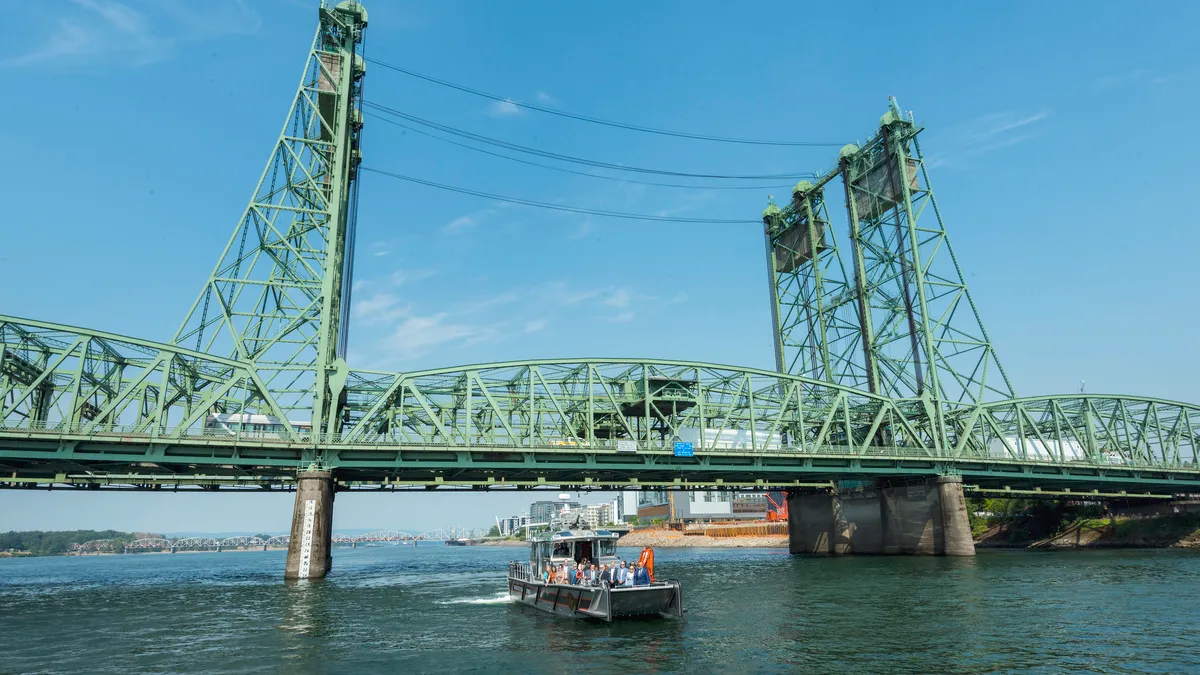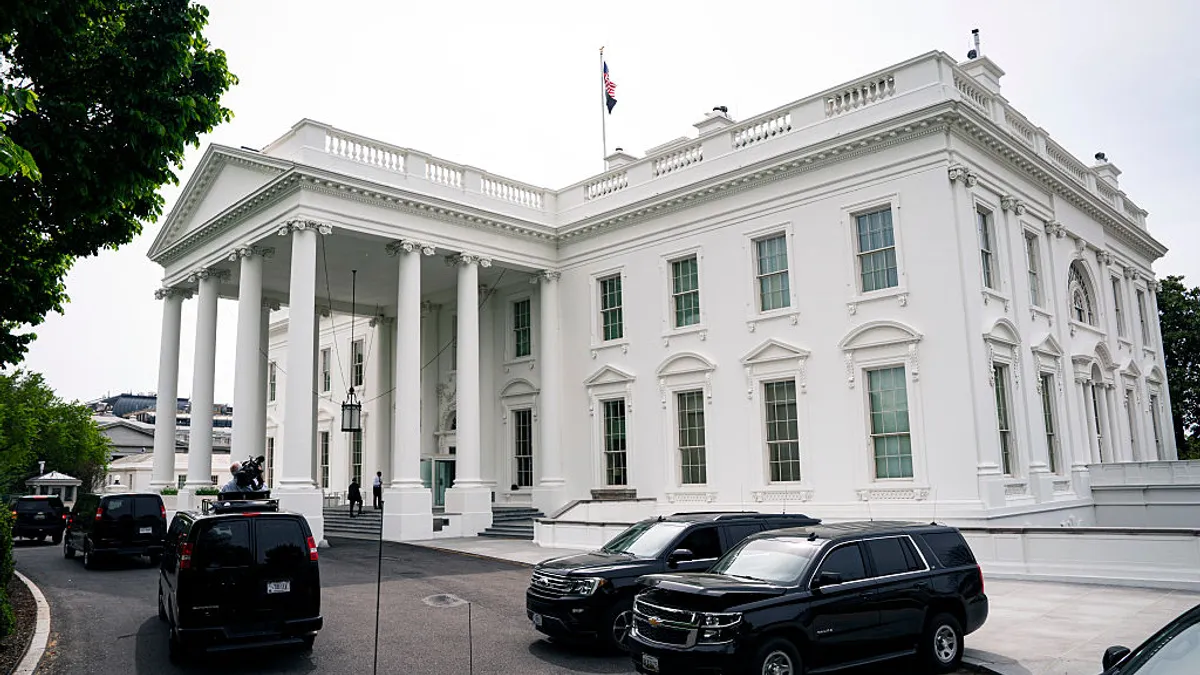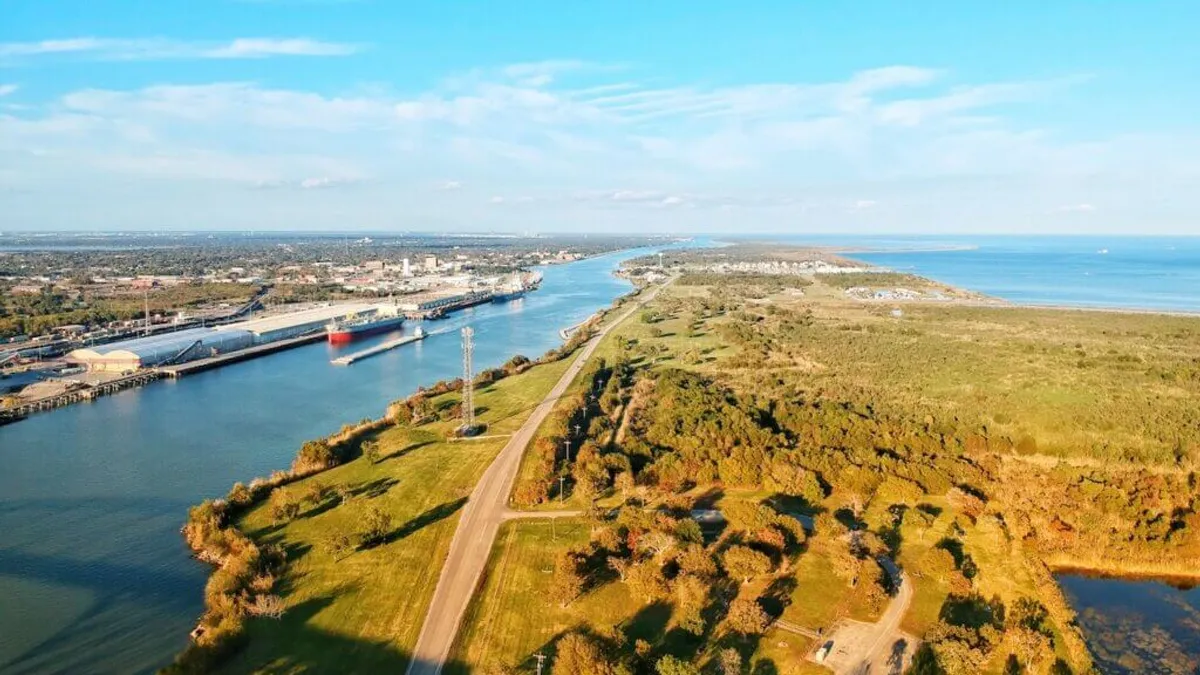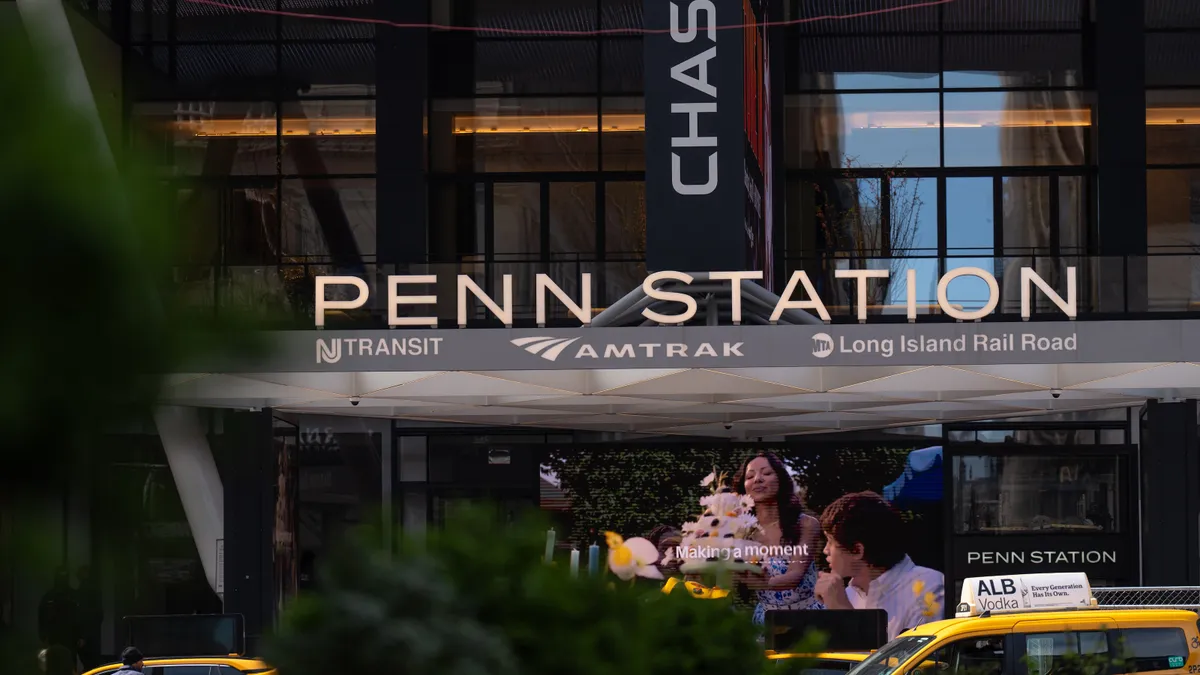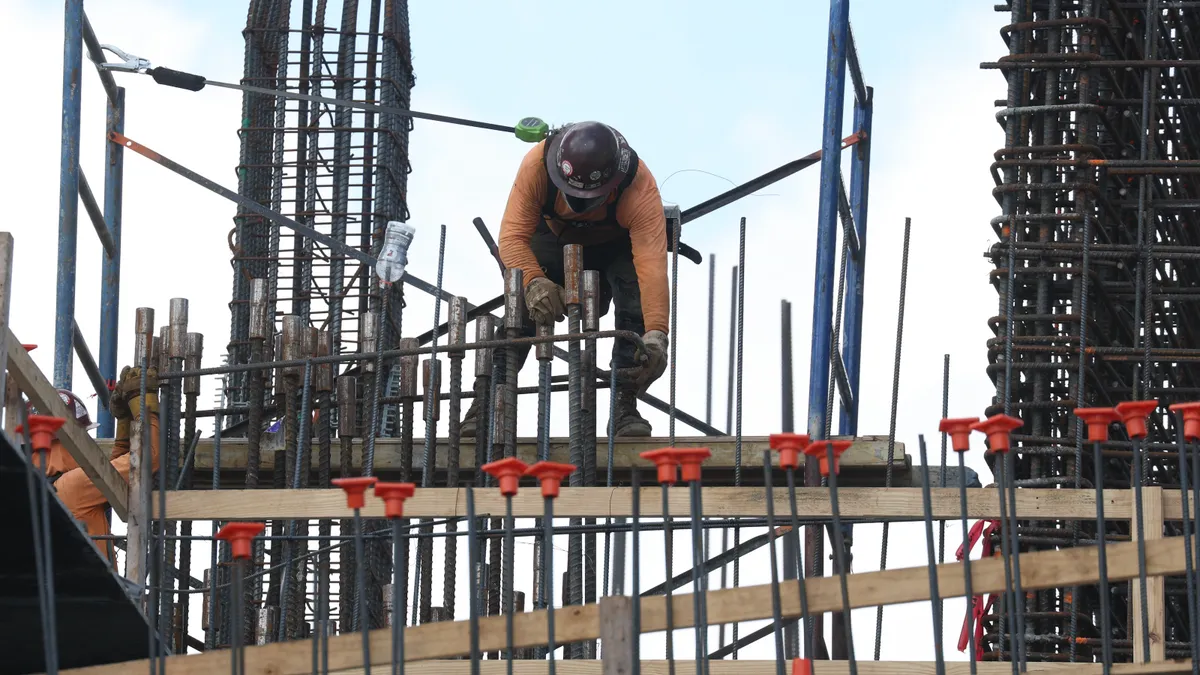From tunnels to railroads and airports, New York City is undergoing a comprehensive transformation of its transportation infrastructure.
That overhaul includes the $16 billion Gateway Program, $5.5 billion Interborough Express project, $7 billion Penn Station redevelopment and other billion-dollar investments into the city’s three main airports. The total dollar figures behind these projects are staggering, and so too are the efforts during the construction phase.
“There’s an incredible amount of construction that is associated with this,” said Aryeh Lemberger, senior vice president at Montreal-based contractor WSP, during this year’s New York Build Conference in March. “It’ll create a lot of opportunity for construction management professionals. The trades will certainly be involved. So, it’s a game changer in so many different ways.”
Executing multibillion-dollar commercial construction projects in one of the most densely populated regions of the country requires more than money: It demands stakeholder coordination, creative procurement and nonstop operations, panelists at the event said.
Nowhere is this more apparent than during construction of the Gateway Program, a rail line stretching between New Jersey and New York, said Priya Jain, president of the Americas at Mace, a London-based construction consultancy firm selected as one of the delivery partners of the project.
“It’s not just about constructing this,” said Jain. “When you go through the design approvals, the environmental [review], and then you look at the communities that are getting impacted, this is not something you can do just at night time.”
The centerpiece is a new tunnel beneath the Hudson River, which will eventually double train capacity between New Jersey and Manhattan.
The existing, century-old tunnel, which sustained heavy damage during Superstorm Sandy, will then be taken offline for a full rehabilitation. Combined, the two-tunnel system will modernize the Northeast Corridor, a stretch from Washington, D.C., to Boston.
But the technical feat is only half the story, said Jain. The Gateway Program also reflects the challenge of managing complex megaprojects across jurisdictions.
“This job is not only about building a new tunnel, it’s also about rehabilitating the original tunnel that’s out there,” said Jain. “We are tapping into a lot of local firms. From a minority, disadvantaged business perspective, roughly about 25%, that’s where we’re trending right now.”
These parties include Amtrak, New Jersey Transit, the Port Authority of New York and New Jersey, the New York DOT and local communities. That mix of stakeholders requires careful scheduling, such as utility relocations and environmental permitting.
Aligning those interests are just as important as laying the tracks, said Jain.
A joint venture between Los Angeles-based contractors Frontier-Kemper and its parent company, Tutor Perini, recently won a $1.18 billion design-build contract to build a critical section of the project.
Stations in the city
While the Gateway Program addresses regional connectivity, the Interborough Express focuses solely on the needs of New York’s outer boroughs. Known as IBX, the light rail project will link neighborhoods in Brooklyn and Queens that currently lack efficient east-west transit options, according to WSP, the firm chosen as the environmental review consultant for the project.
“It would be a first of its kind,” said Lemberger. “It would be game changing because it would connect Brooklyn and Queens without having to go through Manhattan to get there.”
To do this, the project plans to repurpose an underused freight rail corridor already slicing through Brooklyn and Queens. Once a backdoor for industrial logistics, this corridor will soon become a focal point for the IBX project.
That will allow the Metropolitan Transportation Authority to deliver service to nearly 900,000 residents without the massive cost of new land acquisition or underground tunnel work, said George Guillaume, senior aviation director at AECOM, a Dallas-based contractor.
“When you talk about transformative projects for New York, this is probably on the top of the list,” said Guillaume. “What the IBX will do is it will transform the lives of sections of Brooklyn and Queens that are underserved with regards to mass transit.”
No general contractor has been selected yet for IBX, though the MTA issued a request for proposals in late 2024.
Along with IBX expanding the city’s light-rail footprint, another megaproject is reshaping its core in the middle of Manhattan.
Penn Station, criticized for its overcrowded and confusing layout, is also undergoing construction work, said Lemberger. The plan includes expanded concourses, more natural light, improved accessibility, modernized HVAC systems and a 30% increase in platform access with additional elevators, escalators and staircases.
“If you want to increase the height of the ceiling, for instance, that is a monumental undertaking, because there is structure there that needs to be dealt with, and you can’t close Penn Station to deal with that,” said Lemberger.
As the primary hub for Amtrak, NJ Transit and Long Island Rail Road, the day-to-day operations of the station are in constant motion. That means teams must sequence work precisely to avoid disruptions, all while coordinating with multiple transportation authorities that share oversight of the facility.
“You have to deal with it while keeping it all moving, all circulating, all operating at the same time,” Lemberger said. “It’s a monumental challenge.”
Airports overhauls
That same balancing act plays out at the region’s airports, said Guillaume.
For example, the $8 billion rebuild at LaGuardia Airport included entirely new terminals, reconfigured taxiways and sustainable ground service systems, all while flights continued. Terminals C and D now feature 37 gates compatible with modern aircraft, electric vehicle infrastructure and a more efficient layout for passengers, said Guillaume.
That success laid the groundwork for JFK Airport’s $19 billion redevelopment. This project involves a variety of delivery models, such as public-private partnerships and design-build contracts, to accommodate different terminals and airline stakeholders. Terminal One and Terminal Six are each moving forward under tailored procurement plans designed to minimize overall delays.
“I think one of the things we have to look at as an industry is ‘what are the contracting models we are going to be using?’ said Jain. “It’s not just about design, it’s not just about construction. It’s about getting an operating airport or it’s about getting a tunnel going or a station going. That’s the next piece that we need to be seeing from an industry standpoint. What’s the evolution of delivery?”
At Newark Liberty International, upgrades to the airport include a new Terminal A, a modern cable-pulled AirTrain system and ongoing plans for Terminal B. Space constraints on the site have forced teams to creatively stage construction while integrating upgrades to roadways and passenger flow.
“The collaboration that has to go on, and the stakeholder management, it’s immense,” said Jain. “I’m not saying that this work is not technically challenging, it’s going to be absolutely technically challenging. But bringing everybody together, going in the same direction and delivering an outcome, that’s something we are all focusing on.”



